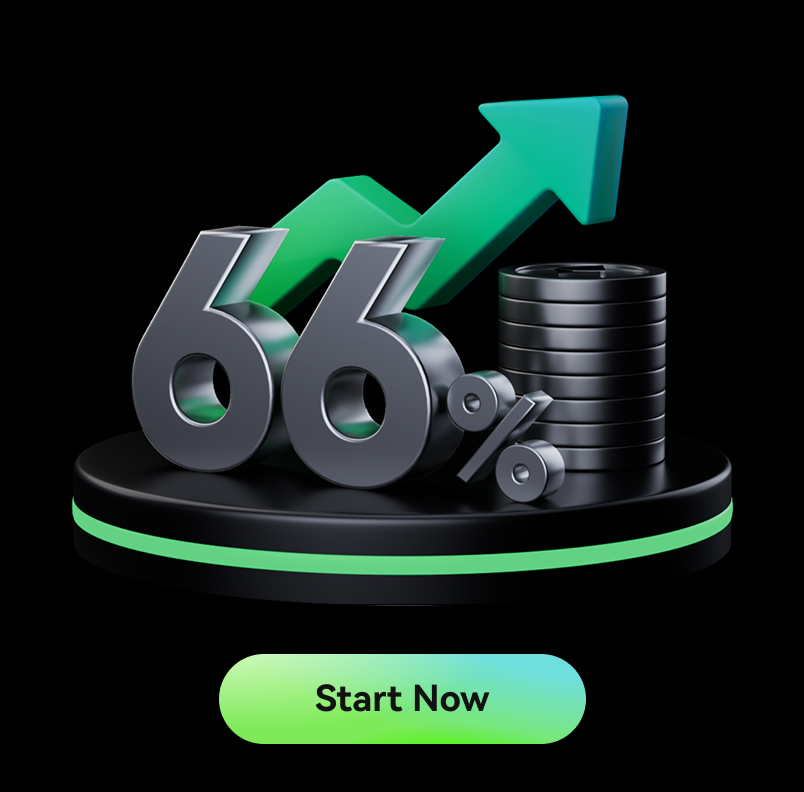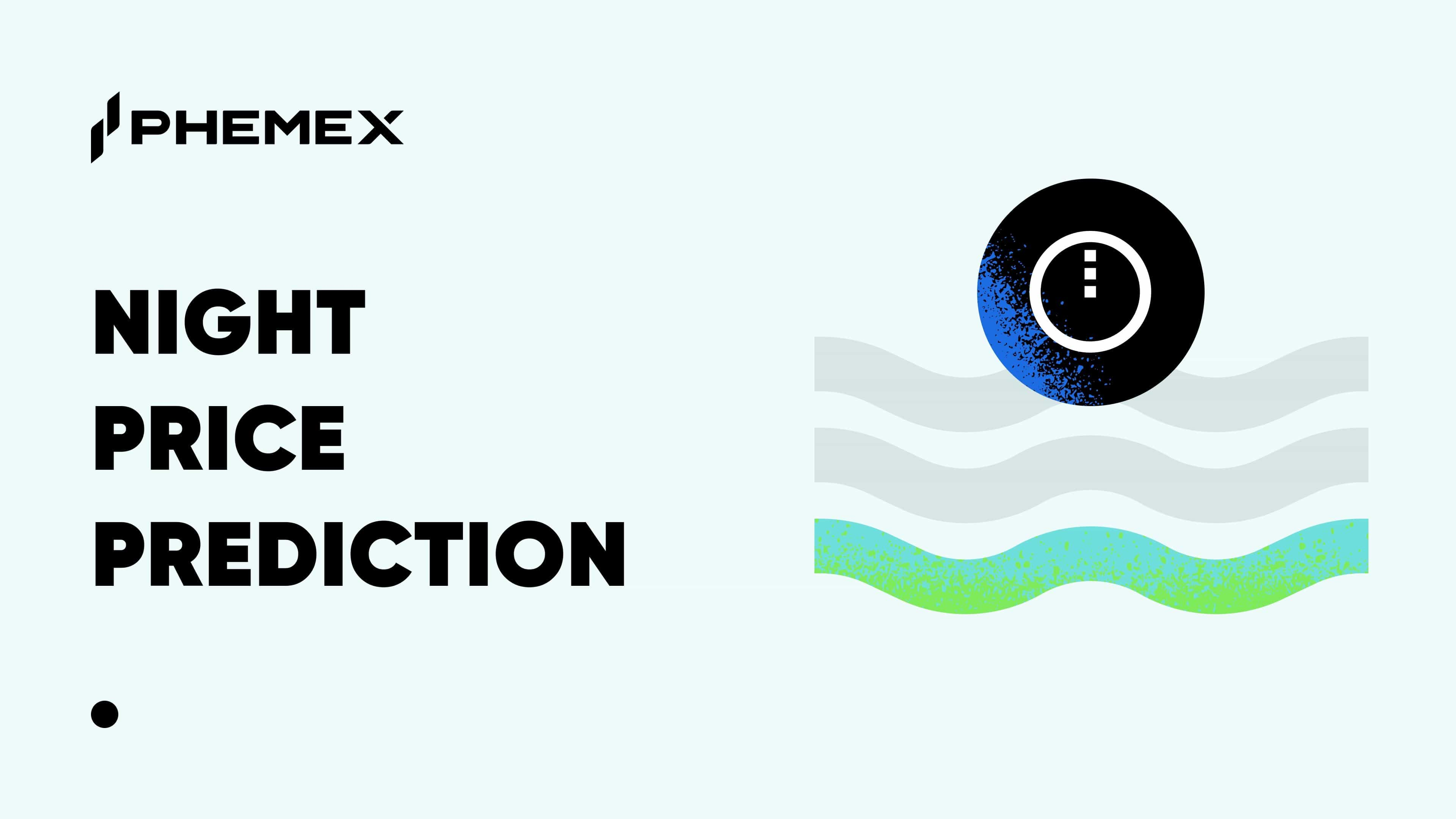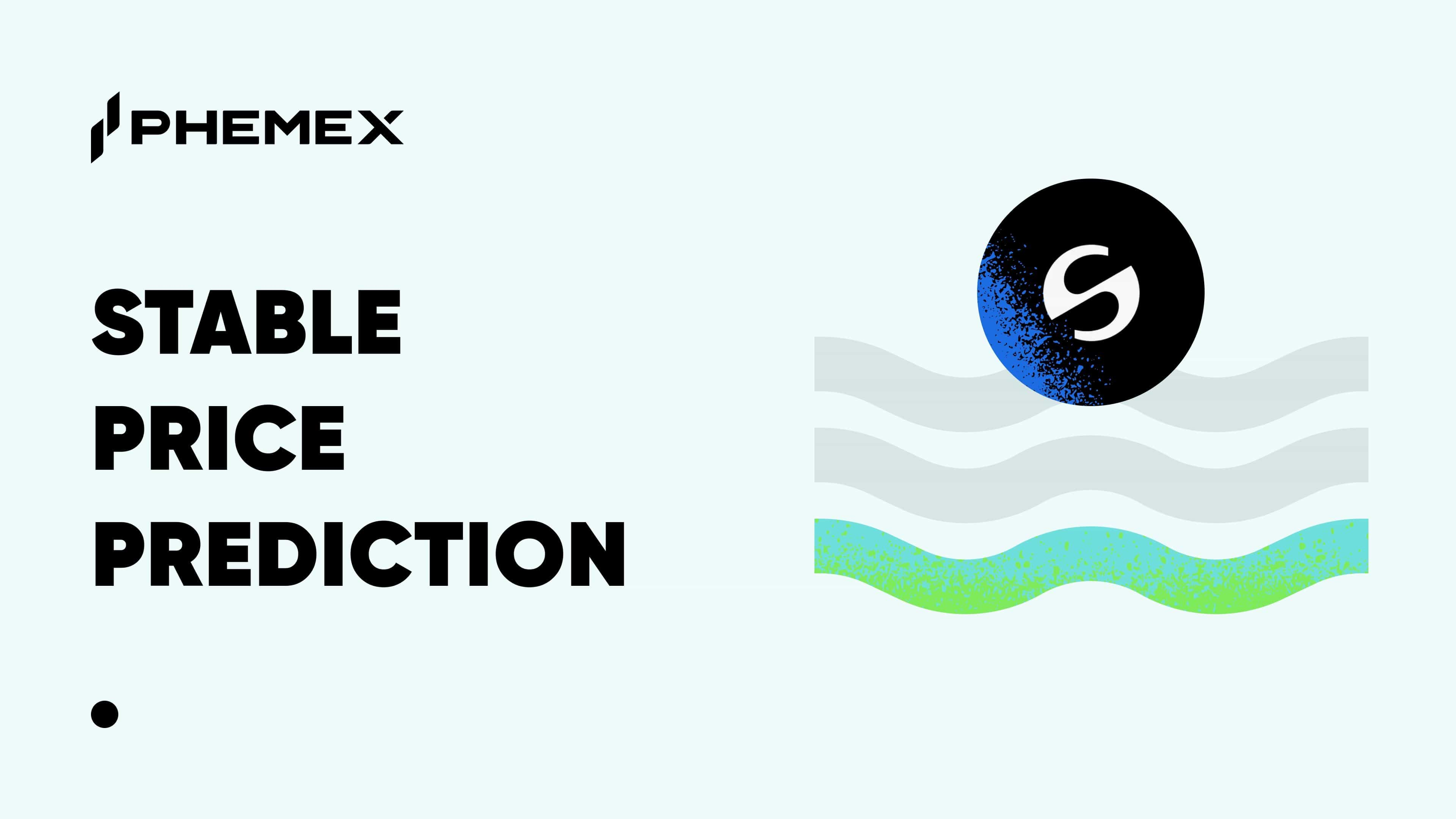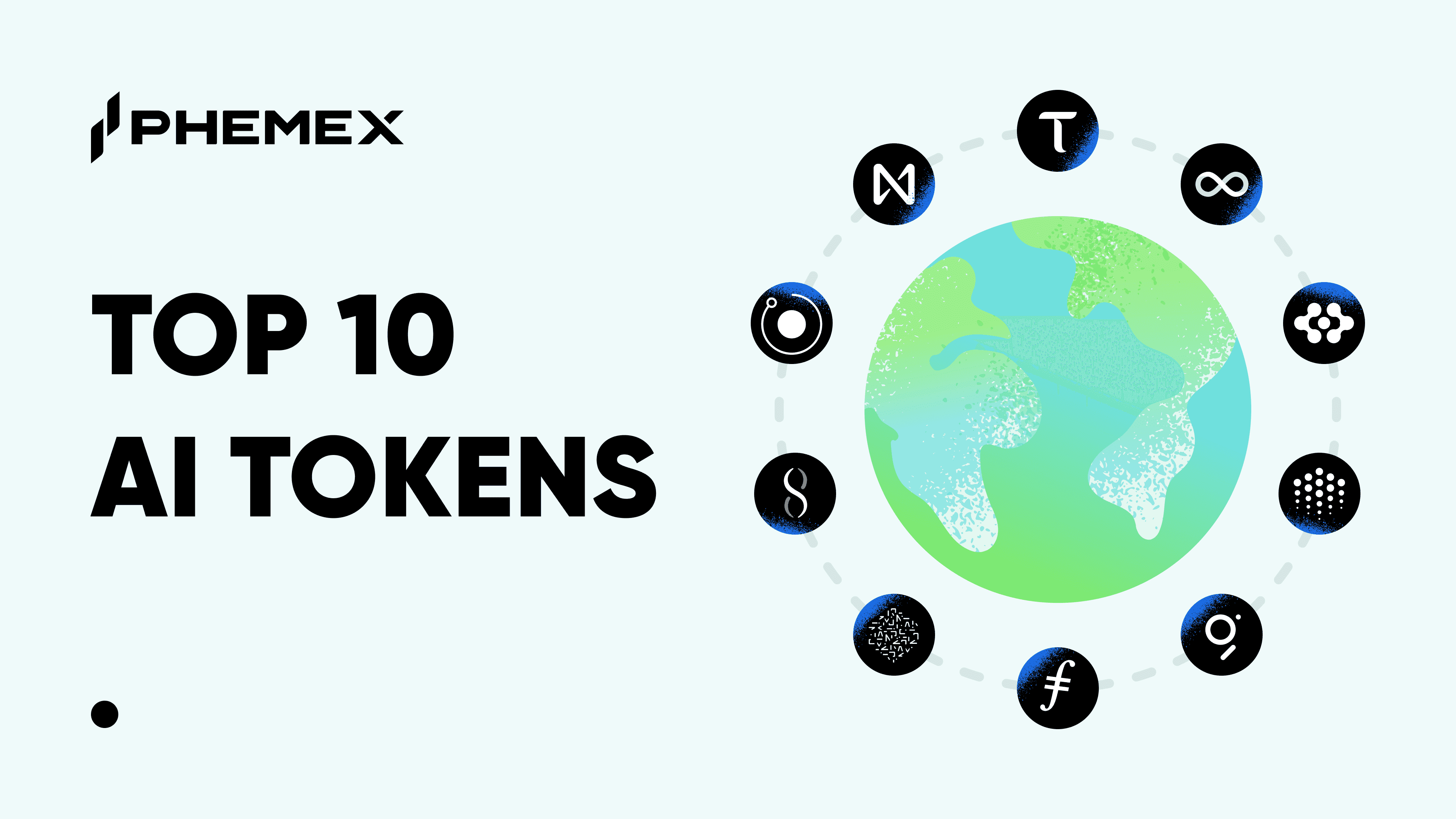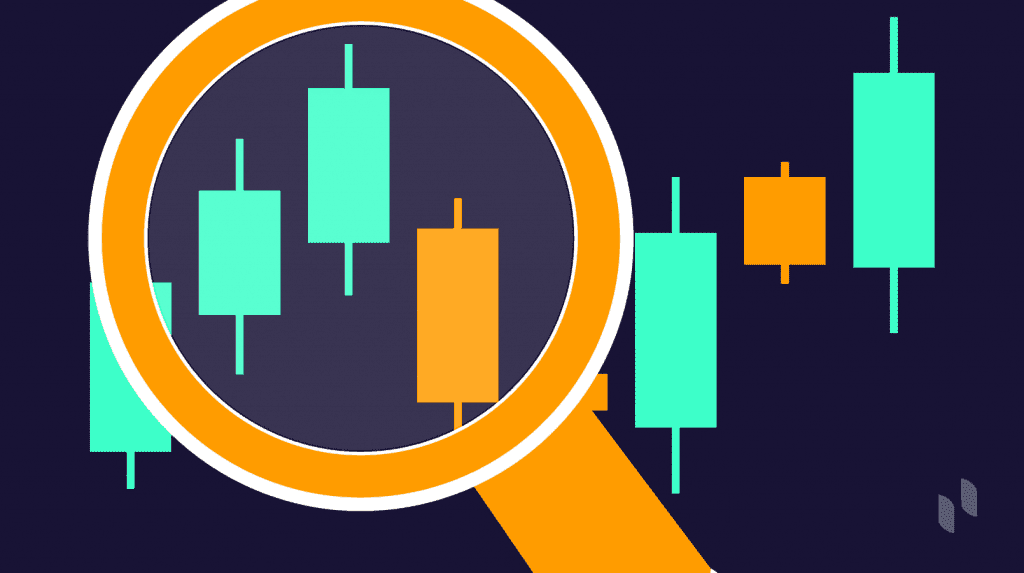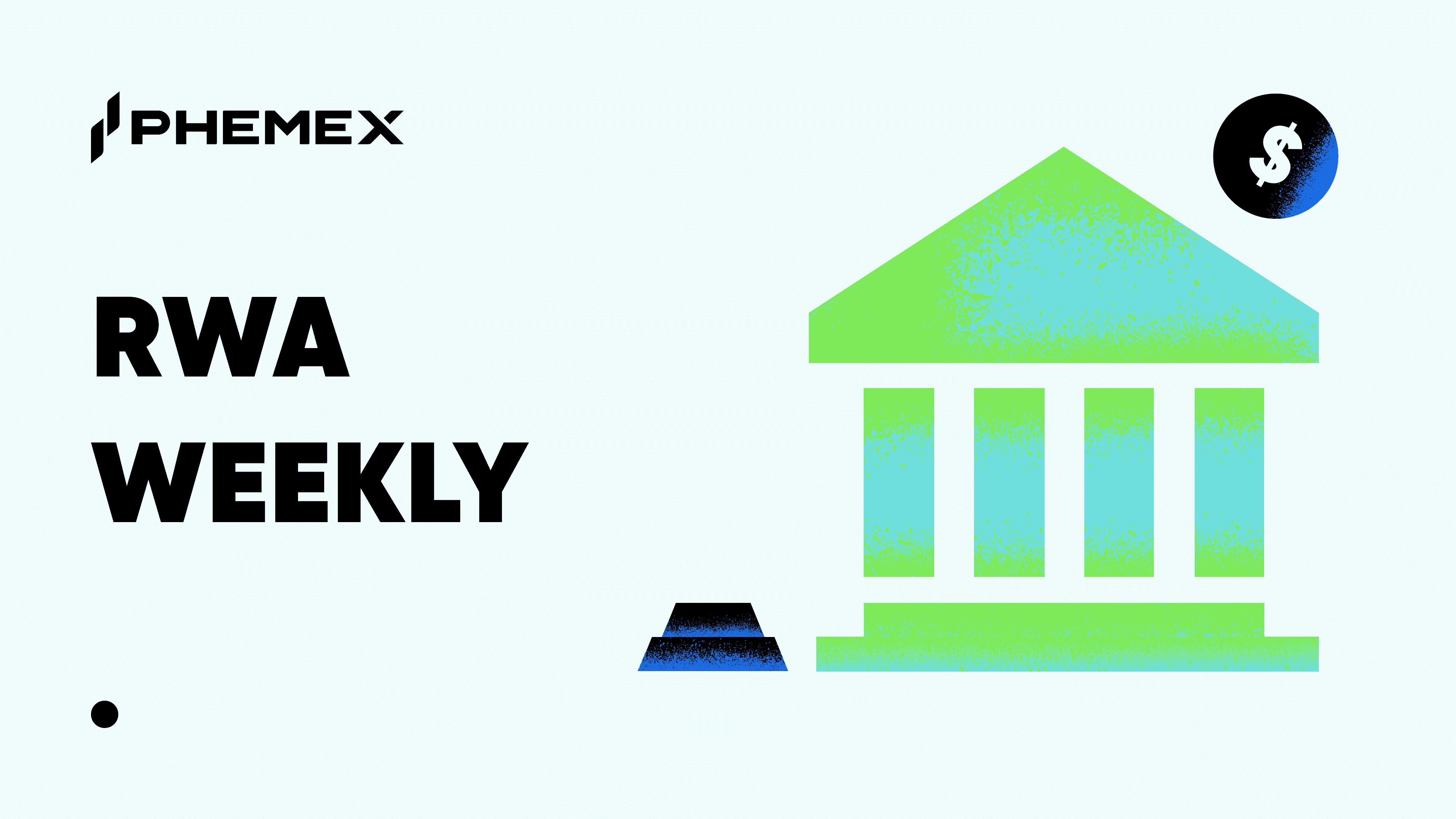In the ongoing evolution of blockchain technology, the competition between established leaders and innovative new contenders drives the industry forward. Two projects at the center of this dynamic are Ethereum (ETH), the dominant smart contract platform, and Monad (MON), a new Layer-1 blockchain designed for high performance. For investors and developers, understanding the core differences between these two is essential for making informed decisions.
This analysis provides a neutral comparison of their technology, ecosystems, and investment profiles. While Ethereum (ETH) is a foundational asset available for trading on Phemex, Monad (MON) represents a new approach to blockchain architecture that is important to watch as it approaches its mainnet launch.
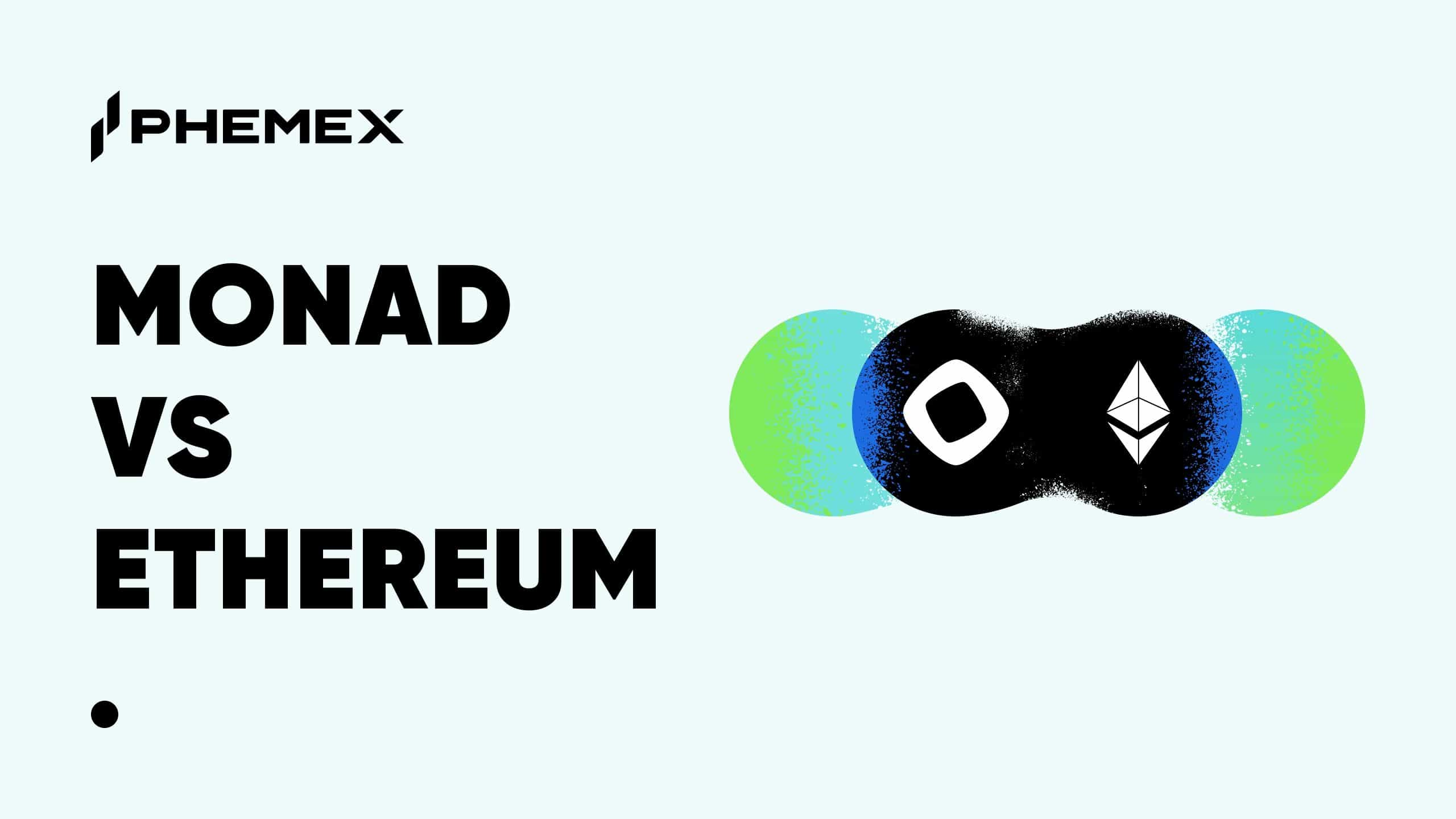
Summary
-
Core Objective: Ethereum serves as a decentralized world computer, providing a global, secure settlement layer for a wide range of applications. Monad is a new Layer-1 blockchain focused on delivering high-throughput performance while maintaining full compatibility with the Ethereum Virtual Machine (EVM).
-
Key Technological Difference: The primary distinction is their transaction processing model. Ethereum uses a sequential model, where transactions are executed one after another. Monad introduces parallel execution, allowing the network to process many transactions simultaneously to increase speed and efficiency.
-
Platform Availability: Ethereum (ETH) is fully integrated into Phemex, with services for spot trading, futures contracts, and yield-generating products. Monad (MON) is a pre-launch project whose future availability will depend on its mainnet deployment and subsequent exchange listings.
What Is Monad (MON)?
Monad is a new Proof-of-Stake, Layer-1 blockchain designed to offer a high-performance environment for decentralized applications. Its key feature is full compatibility with the Ethereum Virtual Machine (EVM). This is a significant strategic advantage, as it allows the large community of Ethereum developers to deploy their existing applications on Monad without needing to rewrite their code.
The project has secured $244 million in funding from prominent venture capital firms, including Paradigm and Coinbase Ventures. This capital provides a substantial runway for development and ecosystem growth. The Monad team was co-founded by Keone Hon and James Hunsaker, who have backgrounds in the high-frequency trading (HFT) industry at Jump Trading. This experience informs the project's focus on low-latency and high-throughput system design.
The Monad testnet, launched in February 2025, has reportedly demonstrated a consistent throughput of 5,000 TPS under testing conditions. The project's mainnet is scheduled to launch on November 24, 2025. The native token, MON, will be used for paying transaction fees (gas), securing the network through staking, and participating in the platform's governance.
What Is Ethereum (ETH)?
Launched in 2015, Ethereum is the original smart contract platform and the second-largest cryptocurrency by market capitalization. Its core innovation, the EVM, established the standard for building and deploying decentralized applications (dApps), leading to the development of the Decentralized Finance (DeFi) and Non-Fungible Token (NFT) sectors.
The native asset, Ether (ETH), is central to the network's function. It is used to pay for transaction fees and computational costs (gas) and serves as the primary collateral asset in the DeFi ecosystem. Ethereum's historic transition from Proof-of-Work to a Proof-of-Stake consensus mechanism in an event known as The Merge significantly reduced its energy consumption and altered its monetary policy by lowering the issuance rate of new ETH. The platform continues to evolve with a clear roadmap for future scalability upgrades, such as Danksharding, to address its performance limitations.
Key Similarities
Despite their different approaches to performance, Monad and Ethereum share a common foundation in several critical areas, placing them in direct competition.
| Feature | Description |
| EVM Compatibility | Both blockchains support smart contracts written in Solidity, the primary language of Ethereum. This shared standard allows developers to use the same tools and codebases across both networks. |
| Smart Contract Functionality | At their core, both are general-purpose, programmable blockchains designed to execute the complex logic required for dApps. |
| Commitment to Decentralization | Both projects are built on the principle of a decentralized network of validators to maintain the ledger's integrity and provide censorship resistance. |
| Target Use Cases | They are both vying to be the leading platform for high-value sectors, including DeFi, NFTs, and on-chain gaming. |
Major Differences
The projects diverge significantly in their architecture, which leads to different trade-offs and potential use cases.
Technology
The most important technological difference is how they process transactions. Ethereum’s EVM is single-threaded, meaning it executes transactions sequentially—one at a time. This creates a predictable and secure but ultimately limited system. During periods of high network demand, this single-file line results in congestion and a sharp increase in user transaction fees.
Monad’s architecture is designed for parallel execution. It is structured to handle a high volume of transactions simultaneously by allowing the network to process them in parallel. This approach is common in high-performance computing and is designed to better utilize modern multi-core processors, a resource that single-threaded blockchains do not fully leverage.
Transaction Speed & Fees
This is the central issue in the MON vs ETH comparison. Ethereum’s current network capacity is approximately 15-30 TPS. Monad's stated goal is to achieve over 10,000 TPS, with its testnet having already demonstrated 5,000 TPS. This is a categorical difference in performance. For users, this would mean near-instantaneous transaction confirmations and fees that are a fraction of what they are on Ethereum, particularly during peak times. This could enable new types of dApps, like fully on-chain order-book exchanges, that are currently too expensive to operate on Ethereum's mainnet.
Adoption & Ecosystem
Ethereum's primary advantage is its substantial network effect. It has the largest and most experienced community of developers, a vast and deeply integrated ecosystem of protocols and tools, and widespread brand recognition. For any new dApp, launching on Ethereum provides immediate access to the industry's deepest liquidity pools and largest user base.
Monad, as a new project, must overcome the challenge of building an ecosystem from scratch. Its strategy centers on its EVM compatibility, which lowers the barrier to entry for Ethereum developers. Its significant funding will likely be used to offer grants and incentives to attract projects and developers, aiming to accelerate the growth of its own ecosystem.
Security & Transparency
Ethereum's security model has been battle-tested over years of operation while securing hundreds of billions of dollars in value. Its large and globally distributed set of validators makes the network highly resilient to attacks.
Monad's security will be based on its custom Proof-of-Stake consensus mechanism, MonadBFT. While designed for both speed and security, its true resilience will only be proven under real-world conditions after the mainnet launch. A potential trade-off to watch is whether the hardware requirements for running a Monad node will be higher, which could impact the degree of decentralization. Both projects maintain a commitment to open-source code and transparent development.
Trading Liquidity
When you compare MON and ETH performance from a liquidity standpoint, the contrast is stark. Ethereum is a highly liquid global asset with billions of dollars in daily trading volume across all major exchanges, including Phemex.
As a pre-launch project, Monad currently has no public trading liquidity. The success of its mainnet launch and its ability to secure listings on top-tier exchanges will be critical factors in developing the deep liquidity required for a large-scale ecosystem.
Performance & ROI
Ethereum has a long history of generating significant returns for early investors and has matured from a speculative asset into a core holding in many crypto portfolios. Its future performance is often viewed as being tied to the broader adoption of Web3.
Monad presents a different investment profile, one that is more aligned with a venture-style, early-stage technology investment. This profile carries higher risk but also the potential for higher returns if the project successfully achieves its goals and captures market share. The public sale price of $0.025 per token provides a baseline for early participants, but its future value is speculative and dependent on successful execution and adoption.
How to Trade ETH on Phemex and Prepare for the Future
While the community awaits Monad's launch, traders and investors can use Phemex to interact with the Ethereum ecosystem. The process for how to trade MON and ETH on Phemex will be clearer for Monad in the future, but mastering the platform with ETH is a practical first step.
-
Sign Up: Create and verify an account on Phemex. The platform provides a secure and user-friendly onboarding process.
-
Deposit Funds: Fund your account by depositing USDT or another supported cryptocurrency.
-
Trade Ethereum (ETH): Navigate the Phemex platform to access ETH through several professional-grade tools:
-
Spot Market: Find the ETH/USDT pair to buy or sell ETH at current market prices with deep liquidity.
-
Futures Trading: Use ETH perpetual contracts for more advanced trading strategies, including hedging and leveraged positions.
-
Phemex Earn: Utilize your ETH holdings by subscribing to savings and investment products to generate a passive yield.
-
By becoming familiar with these tools, users can effectively manage their digital assets and will be prepared to explore new Layer-1 projects as they become available on the platform.
Which One Should You Choose? (Not Financial Advice)
The question of which is better: MON or ETH? depends entirely on an individual's investment strategy, technical interests, and risk tolerance.
An investor who prioritizes a long track record, established security, and the network effects of a large, developed ecosystem may find Ethereum to be more aligned with their goals. It is the foundational layer of Web3, and trading it on Phemex is direct and accessible.
An investor more focused on cutting-edge technology, with a higher tolerance for risk and an interest in the potential for high growth from a new platform, may find Monad to be a project worth monitoring closely.
This content is for informational purposes only and should not be considered financial advice. The cryptocurrency market is highly volatile, and you should always conduct your own research before making any investment decisions.
Conclusion
The cryptocurrency landscape is characterized by continuous innovation. The dynamic between an established leader like Ethereum and a high-performance challenger like Monad is a key part of this process. Ethereum offers a robust and proven foundation for Web3, while Monad represents an ambitious attempt to solve the scalability challenges with a new architectural approach.
Phemex provides the tools for users to engage with this market. You can explore the deep liquidity and established power of Ethereum today, while keeping informed about the next wave of innovation from promising new projects like Monad.


